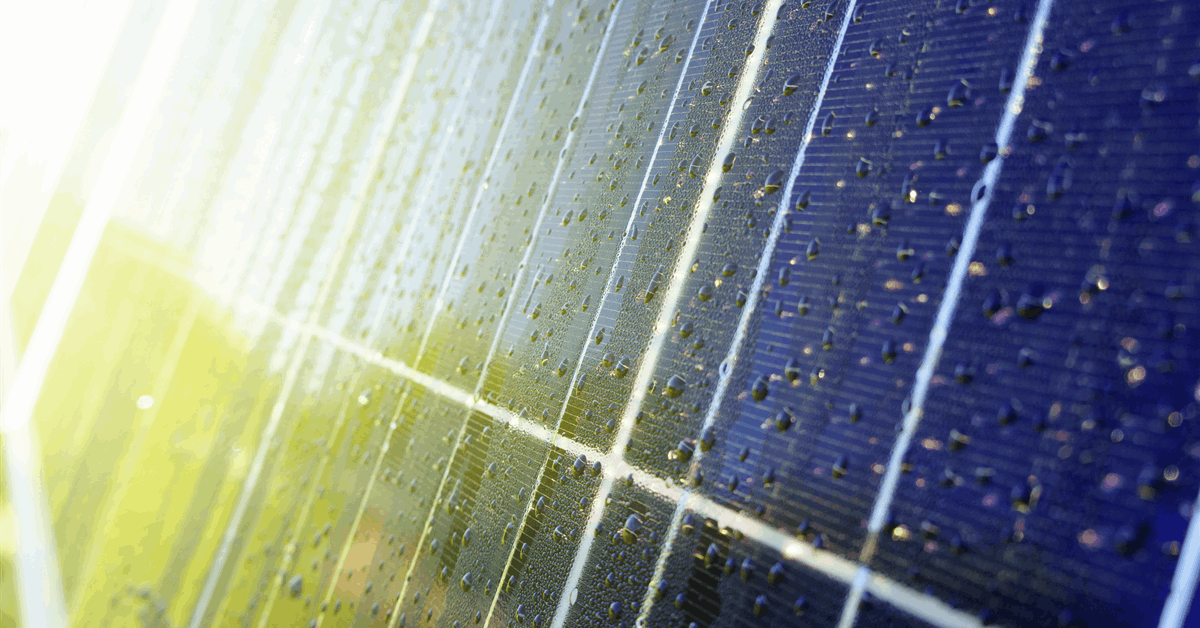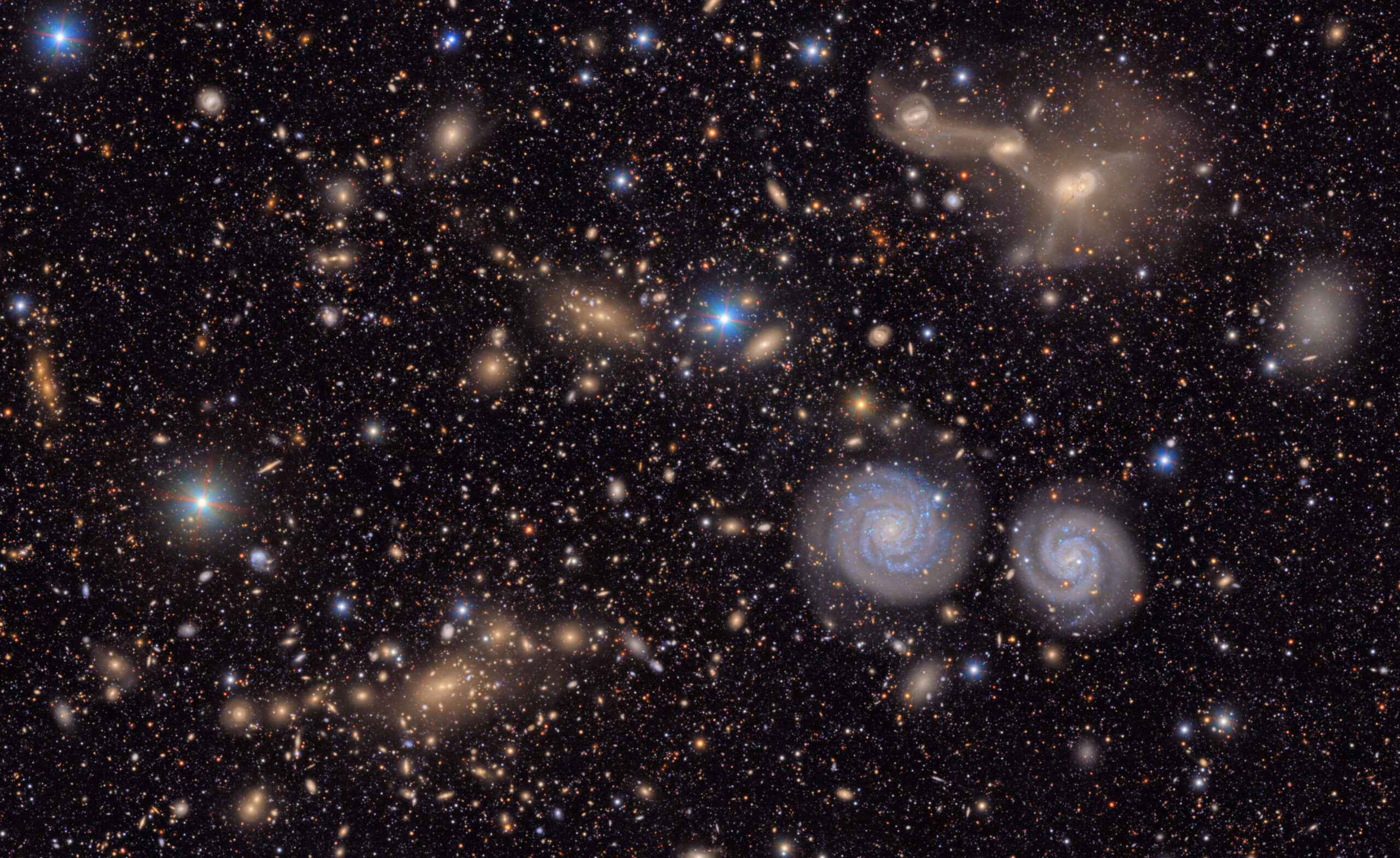
Renewable sources accounted for 42.5 percent of net electricity production in the European Union in the first quarter (Q1), down 4.3 percentage points from the same three-month period last year, the European Commission said.
A fall in hydro and wind production from 260.5 terawatt hours (tWh) to 218.5 tWh offset an increase in solar from 40.9 tWh to 55 tWh.
Denmark had the highest share of renewables in net power generation at 88.5 percent, followed by Portugal at 86.6 percent and Croatia at 77.3 percent.
Nineteen EU countries saw a decline in the share of renewables in generation in the January-March 2025 period, driven by decreases in hydro and wind. The biggest drops were logged in Greece (-12.4 percentage points), Lithuania (-12 percentage points) and Slovakia (-10.6 percentage points).
Wind led renewable power generation in the EU in Q1 at 42.5 percent, followed by hydro at 29.2 percent, solar at 18.1 percent, combustible renewable fuels at 9.8 percent and geothermal at 0.5 percent.
According to a Commission analysis of National Energy and Climate Plans (NECPs), published May, most member states have declared national contributions that are in line with the Renewable Energy Directive’s target to raise the share of renewables in the overall regional energy mix to 42.5 percent by 2030. However, current national goals present a gap of 1.5 percentage points, according to the analysis.
“Contributions put forward by Member States signal a strong commitment to renewables deployment but indicate a 41 percent renewable energy share in gross final energy consumption by 2030”, the analysis said.
“At the same time, a more optimistic assessment based on Member State projections suggest that the EU could reach a figure of 42.6 percent, demonstrating the potential to go further”, it said, noting that between 2022 and 2024 EU nations installed about 205 gigawatts of renewable power capacity.
“This represents significant progress compared to the 33.1-33.7 percent renewable share projected in the original 2019 final NECPs and is also higher than the overall share resulting from the draft updated NECPs that were due to be submitted in June 2023”.
A study by Beyond Fossil Fuels, E3G, Ember and the Institute for Energy Economics and Financial Analysis, published earlier in May, said that by conservative estimates, there were 1,700 gigawatts (GW) of renewable energy and hybrid projects awaiting grid connections across 16 European countries in 2024-25.
The think tanks blamed the slow integration on outdated planning and policies that are slowing the upgrade and build-out of electricity highways.
“The analysis of 32 electricity transmission system operators across 28 countries finds that many are still using outdated scenarios rooted in old government targets and market assumptions”, the think tanks said in a statement. “These scenarios do not reflect the exponential growth in renewables on the ground and act as a systemic handbrake on building a flexible grid capable of absorbing increasingly high shares of renewables”.
To contact the author, email [email protected]
What do you think? We’d love to hear from you, join the conversation on the
Rigzone Energy Network.
The Rigzone Energy Network is a new social experience created for you and all energy professionals to Speak Up about our industry, share knowledge, connect with peers and industry insiders and engage in a professional community that will empower your career in energy.
MORE FROM THIS AUTHOR






















